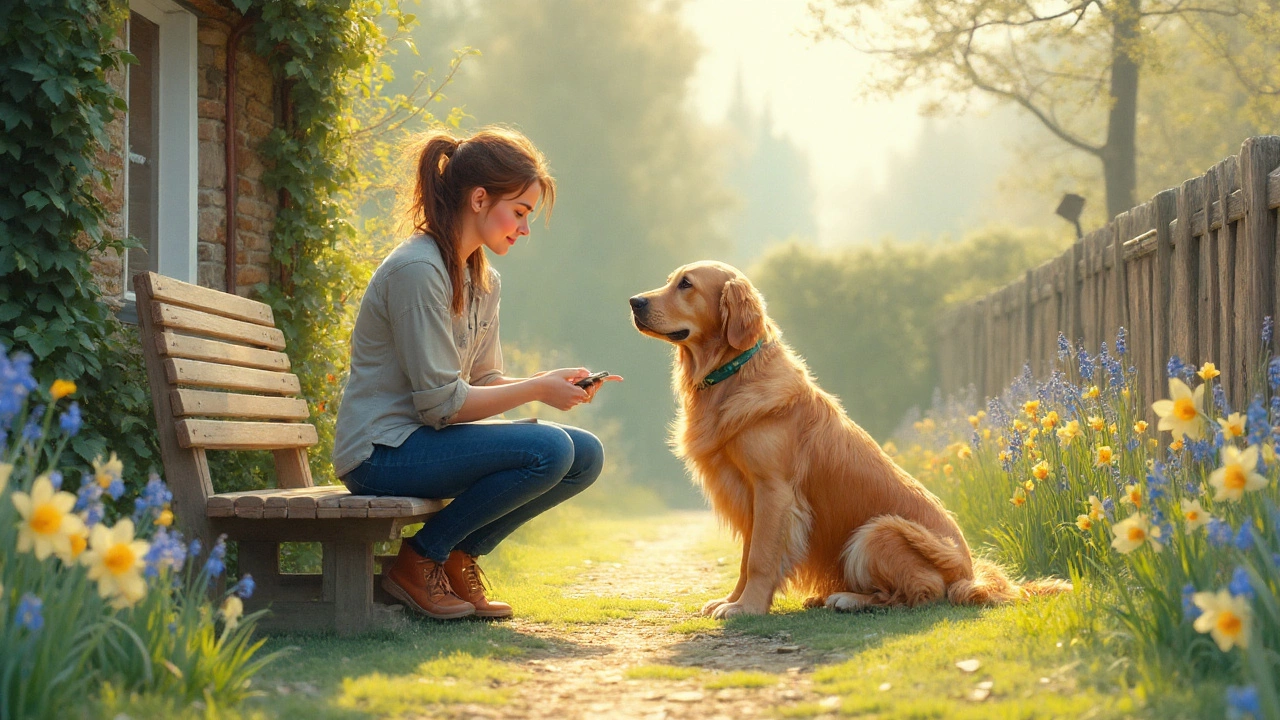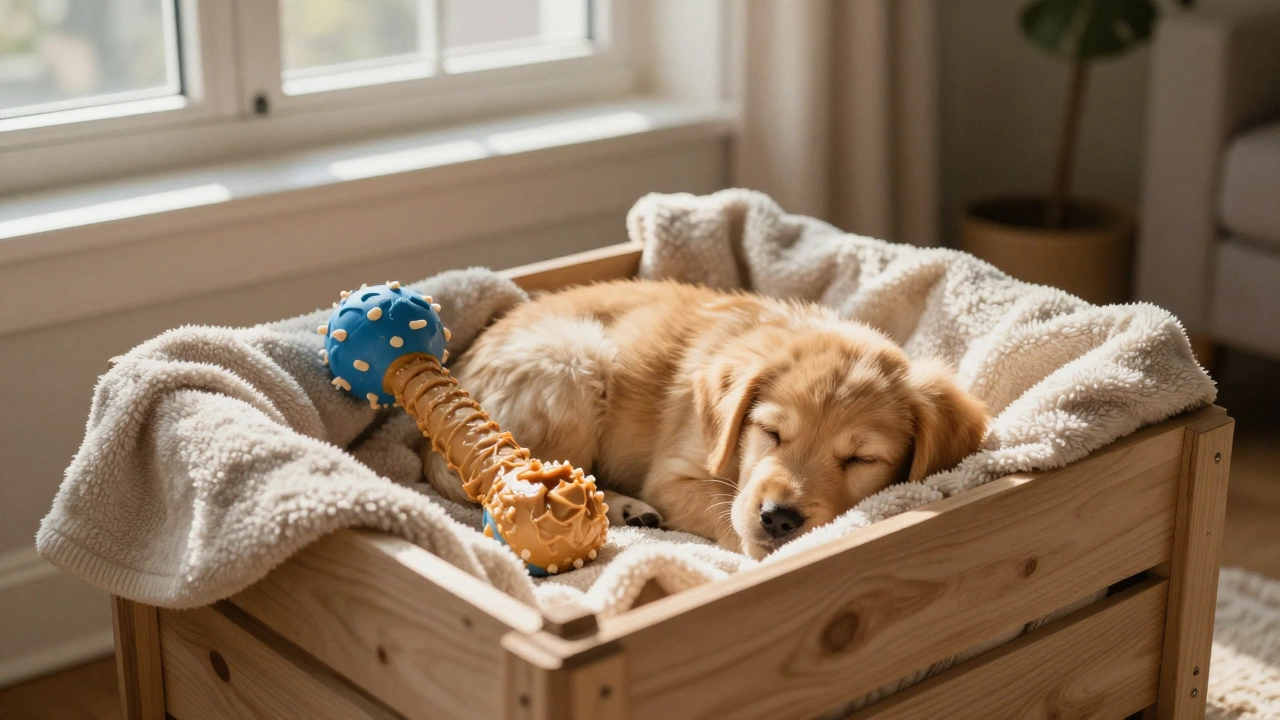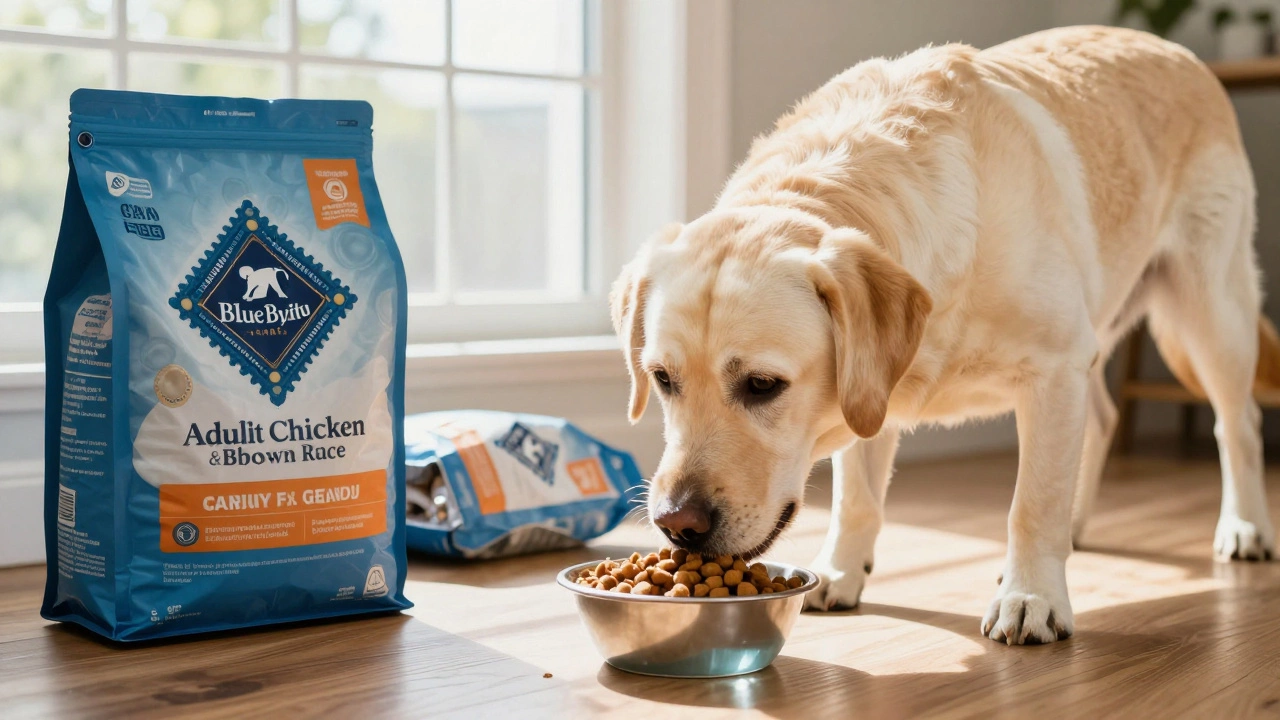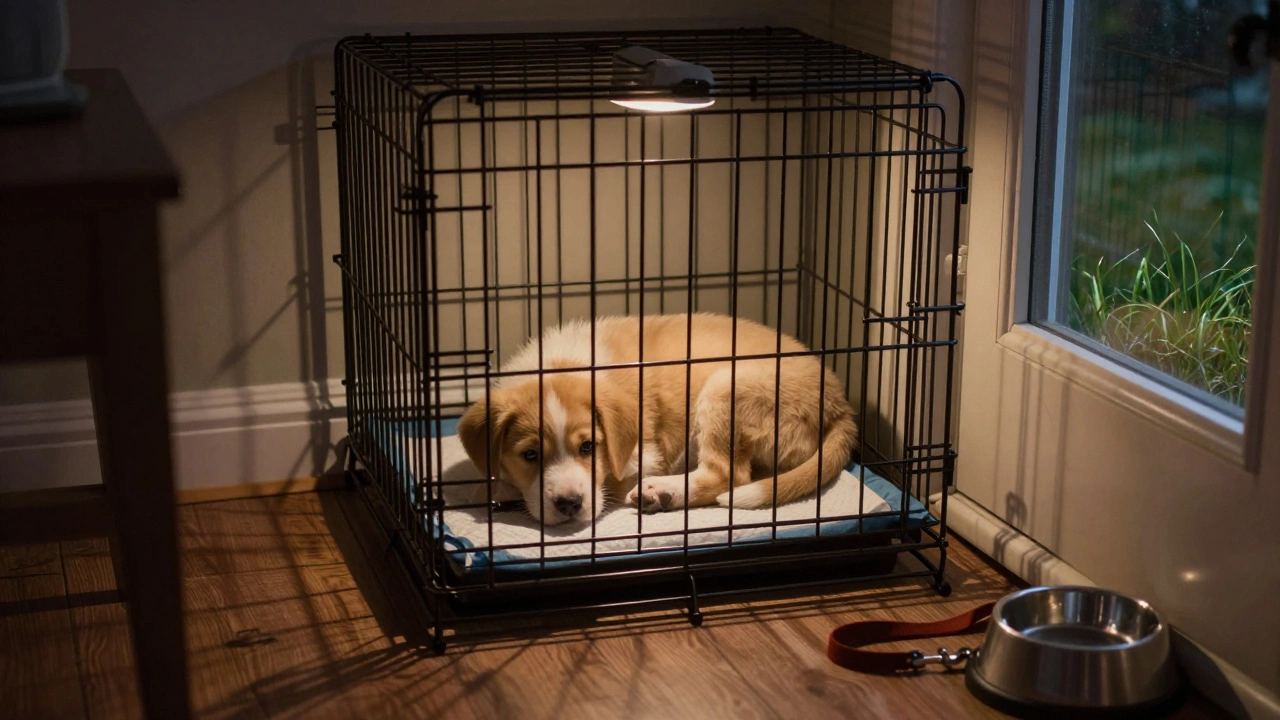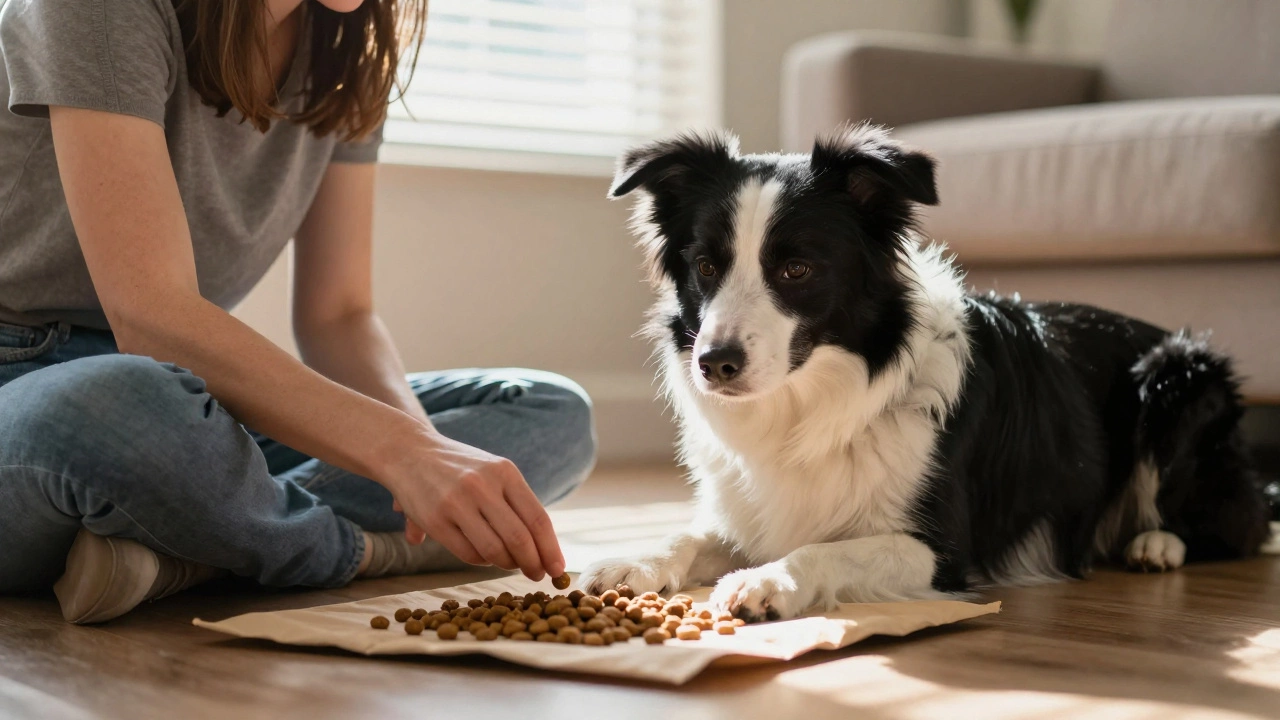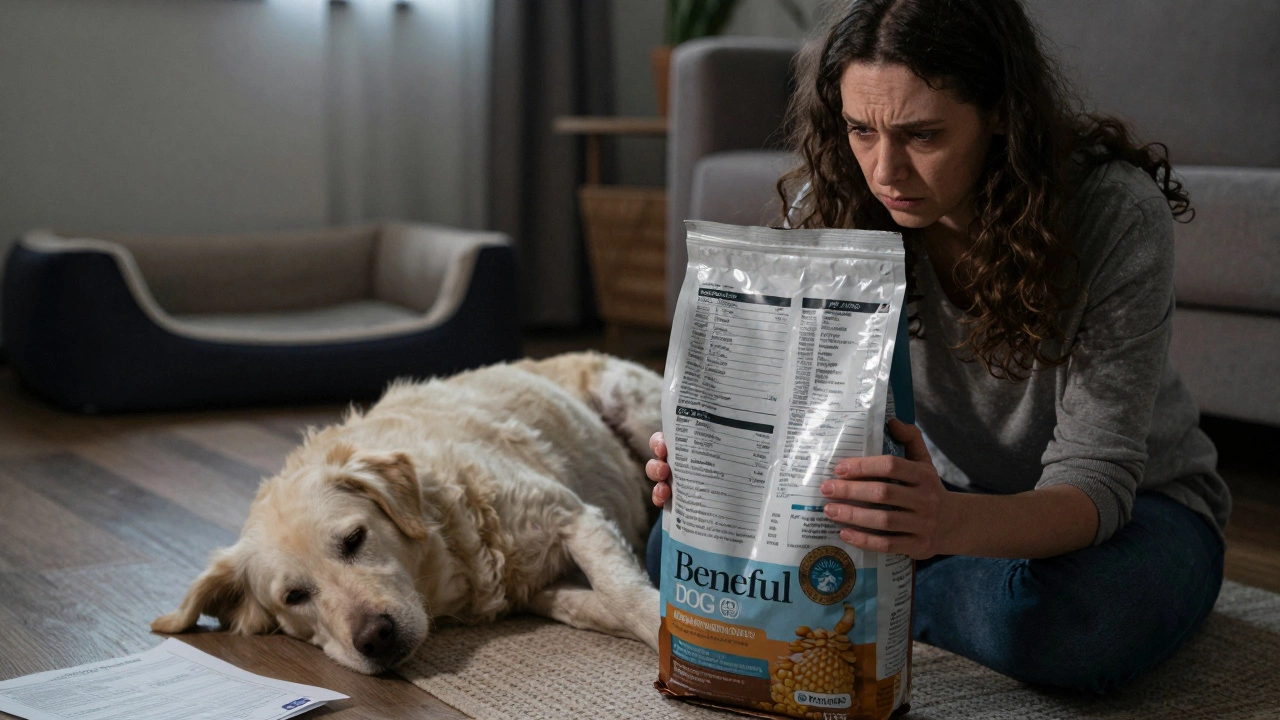Clicker Training Basics: What Every Dog Owner Should Know
Clicker training is just a way of saying “good job” with a tiny sound. The click marks the exact moment your dog does something right, then you follow with a treat. This clear signal helps dogs learn faster because they know what earned the reward.
Getting Started – Gear and First Steps
All you need is a clicker (you can buy one for a few pounds or make a DIY version with a keyring) and some tasty treats. Pick treats your dog loves – tiny pieces of chicken or cheese work well because you’ll be giving many during a session.
First, teach the clicker itself. Press it, then instantly give a treat. Repeat 10‑15 times until your dog looks at you expectantly when they hear the click. That means they’ve linked the sound with a reward.
Training Simple Commands
Once the clicker is a known signal, start with easy commands like “sit.” Hold a treat above your dog’s head; as they sit, click, then give the treat. Do a few repetitions, then ask for the command without the treat in hand. Click the moment they sit, reward, and they’ll catch on.
Use the same pattern for “down,” “come,” or “stay.” The key is to keep sessions short – 5‑10 minutes a day – and end on a positive note. If your dog gets frustrated, pause and try again later.
Common mistake: clicking too early or too late. If you click before the behavior, the dog learns the wrong thing. If you wait too long, they won’t connect the click with the action. Practice in a quiet room at first, then add distractions once your dog nails the command.
Another tip: vary the treats. Dogs can get bored with the same snack. Mix in bits of wet food or a favorite chew every few rounds. It keeps motivation high without overfeeding – just adjust treat size accordingly.
Clicker training also works for solving behavior problems. For example, if your dog jumps on guests, click and treat when they keep all four paws on the floor. Over time they learn that staying calm earns rewards, while jumping doesn’t get the click.
Remember, consistency is more important than length. A few focused minutes each day beats a long, sloppy session once a week. Keep a training log – note the command, the date, and any progress. Seeing improvement on paper helps you stay motivated.
Living in South Tyneside? Take advantage of local parks for real‑world practice. After your dog masters “sit” at home, head to the park and ask for the command amid other dogs and people. Click and reward the same way, and your pup learns to obey everywhere.
Finally, celebrate small wins. A successful click is a win for both you and your dog. With patience, the clicker becomes a bridge to stronger communication and a happier, well‑behaved companion.
DIY Dog Training: Step‑by‑Step Guide to Teach Your Dog at Home
Learn how to train your dog yourself with clear steps, proven methods, and tips for common problems. Boost obedience, strengthen bonds, and enjoy a well‑behaved pet.

